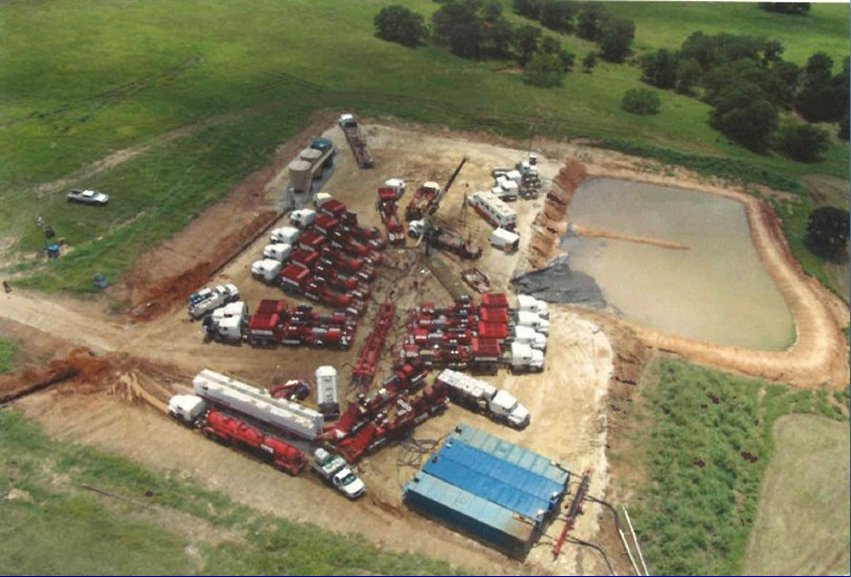The drought in Texas, along with improved recyclying technology, has driven efforts to increase recycling of water used in hydraulic fracturing of wells. According to one estimate, the fracing of wells in 2011 consumed on the order of 135 billion gallons of water – about 0.3 percent of total U.S. freswater consumption. (Golf courses in the U.S. consume about 0.5 percent of all freswater used in the country.) But if you own land in the Eagle Ford field, those numbers don’t mean much. Water use in some counties is lowering the water table in the Carrizo-Wilcox aquifer, the principal source of frac water for the Eagle Ford, causing some existing wells to dry up. In West Texas, the lack of available groundwater has forced companies to look at recyclying their frac water to extend the useful life of the water they can find for fracing.
Two bills now pending in the Texas legislature – House Bills 3537 and 2992 – would require the Texas Railroad Commission to develp rules to require rthe recycling and reuse of frac water returned from wells. The Commission has recently adopted rules to make it easier for operators to recycle water. And another bill, House Bill 379, would impose a 1-cent-per-barrel fee on wastewater disposed of in commercial injection wells.
Devon Energy, a leader in recycling of frac water in the Barnett Shale, testified to Texas lawmakers that recycling is 50 to 75 percent more expensive than sending frac water to injection wells. There are now about 50,000 injection wells in Texas, and the number is growing rapidly. Recyling is much more common in the Marcellus, where injection wells are not available and water must be hauled long distances for disposal.
 Oil and Gas Lawyer Blog
Oil and Gas Lawyer Blog


